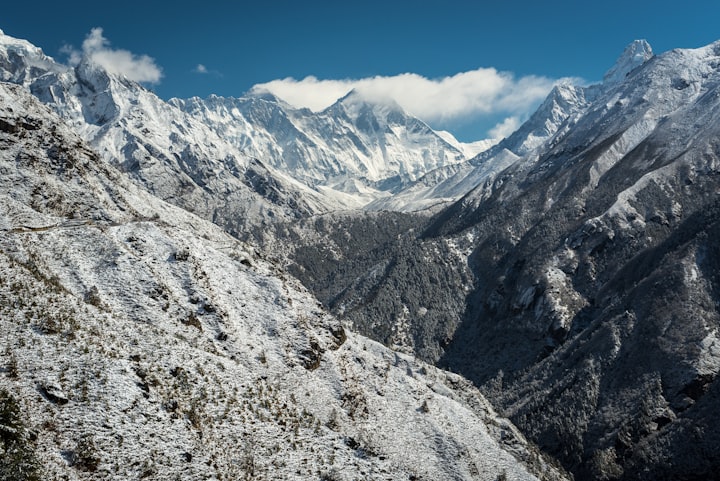"Zombie" out of control fires can reappear in the wake of wintering underground
Wildfires usually burn from summer into fall. Then winter comes. The cold, wet weather puts them out. But some fires in the far North can hide through the winter. (The far North includes Alaska, Canada, and other parts of North America.) The next spring, flames return, as if from the dead. Scientists call these "zombie" fires.
Winter ordinarily kills most out of control fires. In any case, in the far North, some woodland fires simply don't kick the bucket. Consider them zombies: Scientists do.
After hotter than ordinary summers, a few flames can sneak, covered up, through the colder time of yearThe following spring, flares can arise, apparently from the dead. These "zombie fires" are uncommon, another examination in the May 20 issue of Nature finishes up. Be that as it may, in some cases they can have a curiously large effect. What's more, zombie flames might turn out to be more normal as the world warms, the investigation cautions.

Zombie fires sleep underground. Covered by snow, they seethe through the virus. Filled via carbon-rich peat and Northwoods soils, the majority of these secret flames creep under 500 meters (1,640 feet) throughout the colder time of year. Come spring, the flames reappear close to locales they had scorched the season previously. Presently they go to consuming new fuel. What's more, this might happen a long time before the conventional shoot season would have started.
Zombie fires had been known for the most part from firemen's accounts, and not many researchers contemplated them. Until, that is, subtleties in some satellite pictures warned one examination group.

Where Flames Broke Out Provided The Clue
Rebecca Scholten studies Earth frameworks at Vrije University Amsterdam in the Netherlands. Her group had seen an odd theme. "A few years, new flames were beginning exceptionally near the earlier year's fire," Scholten clarifies. The novel perception provoked these analysts to think about how frequently flames may endure the colder time of year.

They began by going through fireman reports. Then, at that point they contrasted these and satellite pictures of Alaska and northern Canada from 2002 to 2018. They were exploring for blasts that started near fire scars left the prior year. They additionally centered around blasts beginning before midsummer. Arbitrary lightning or human activities flash most Northwoods fires, Scholten says. Also, those flames commonly happen later in the year.
Over those 17 years, zombie fires represented under 1% of the complete region consumed by timberland fires. Be that as it may, rate changed, in some cases a ton, from one year to another. In 2008, for example, the group discovered one zombie fire in Alaska had copied around 13,700 hectares (53 square miles). That was more than 33% of the whole region consumed in the express that year.

One clear example arose: Zombie fires were almost certain, and consumed bigger areas of land, after exceptionally warm summers. High temps might permit flames to venture all the more profoundly into the dirt, the scientists note. Such profound consumes are bound to make due to spring.
The Role Of A Changing Climate
This implies the zombie danger could develop with environmental change. Woods in the far North as of now are warming quicker that the globe's normal. With that, Scholten says, "We're seeing more blistering summers and all the more huge flames and extreme consuming." That could make way for zombie flames to turn into a more serious issue, she stresses. Furthermore, the locale's dirts hold a ton of carbon — perhaps twice as much as Earth's environment. More flames here could deliver gigantic measures of ozone harming substances. That would drive a pattern of seriously warming and surprisingly higher danger of flames.

"This is a truly welcome development which could assist with terminating the executives," says Jessica McCarty. She is a geographer at Miami University in Oxford, Ohio, who didn't participate in the examination. "Knowing when zombie fires are bound to happen could help guard against that," she says, by notice when there is need for additional watchfulness. After extra-warm summers, firemen would know to scout for zombie flares.

"A portion of these dirts are 500,000 years of age," McCarty says. Because of environmental change, she notes, "regions we thought were fireproof are presently fire inclined." But better fire the board can have an effect, she adds. "We're not powerless."






Comments
There are no comments for this story
Be the first to respond and start the conversation.